Raven Row Gallery
Raven Row, a new contemporary art exhibition centre in Spitalfields east London, opened to the public on 28 February 2009.
Embedded in two of the finest eighteenth century silk mercers houses in Spitalfields and a 1972 concrete framed office building, the project provides contemporary art
galleries within a new semi-basement at the rear and a series of eighteenth century Rococo rooms over three floors at the front. Offices, two flats for residencies and studio
space occupy the third and fourth floor. Two elderly sisters, Hannah and Rebecca Levy lived in the houses since the 1920s and throughout the construction of Raven Row. Sadly they have passed away but their flat now forms part of its rich history.
Raven Row was constructed in 1754 and added to, converted, burned and repaired over two and a half centuries. The latest layer by 6a Architects weaves through the buildings, informed by their history and in turn transforming them.
The new galleries to the rear are two distinct rooms echoing the domestic character of the 18c neighbours. They were excavated one and a half metres below ground level. The
roof-lit courtyard gallery at the centre is calm and introspective. The adjacent gallery is side lit from Frying Pan Alley by a window creating a continuous view from the entrance through the full depth of the block.
Large charred timber rooflights above the courtyard gallery bear witness to the fire that ravaged the building in 1972. Charred timber also formed the moulds for a new cast iron façade on Frying Pan Alley (the Ornate Regency cast iron railings were stolen from the original façade in the 1960s). A new white concrete stair is cantilevered from the wall, with a raw sand-cast bronze balustrade.
The burned timber and other new textures allude to the invisible history of the place. The art spaces are designed to foreground the exhibit hence their expression is tactile
rather than visual. Simple doorknobs designed by the architects are indented with a soft thumbprint and are left with the texture of the sand that formed them.
The central environmental thesis is in the act of re-use and low energy passive servicing. Re-using these two eighteenth century buildings reduces the carbon imprint of the development. Unusually for a contemporary art gallery, the building contains no air-conditioning and is heated to an internal temperature of 15ºC internally during winter. In the new galleries, fresh air from outside is brought into the building in pipes buried underground which naturally tempers the air by 1 or 2º in summer.
Avoiding the Modernist paradigm of contrasting new against old, the pre-existing construction is not consigned to history. Instead each piece of this evolving puzzle oscillates between past and present. Rather than fixing history in the past, contemporary
narratives are drawn across time and space.


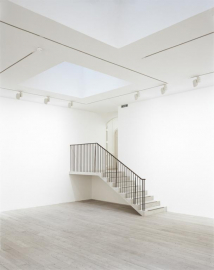
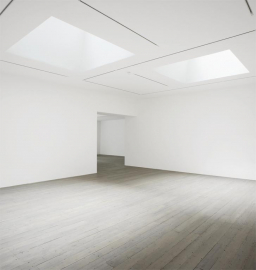
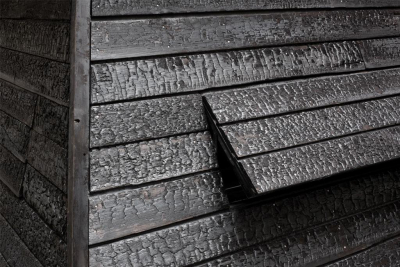

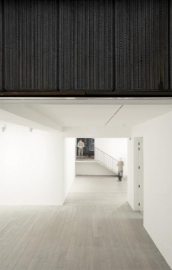
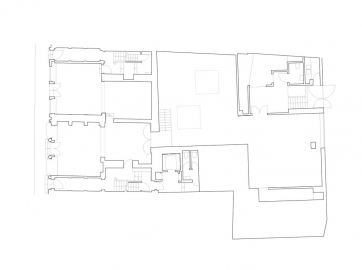

 copy.jpg)
 copy.jpg)
